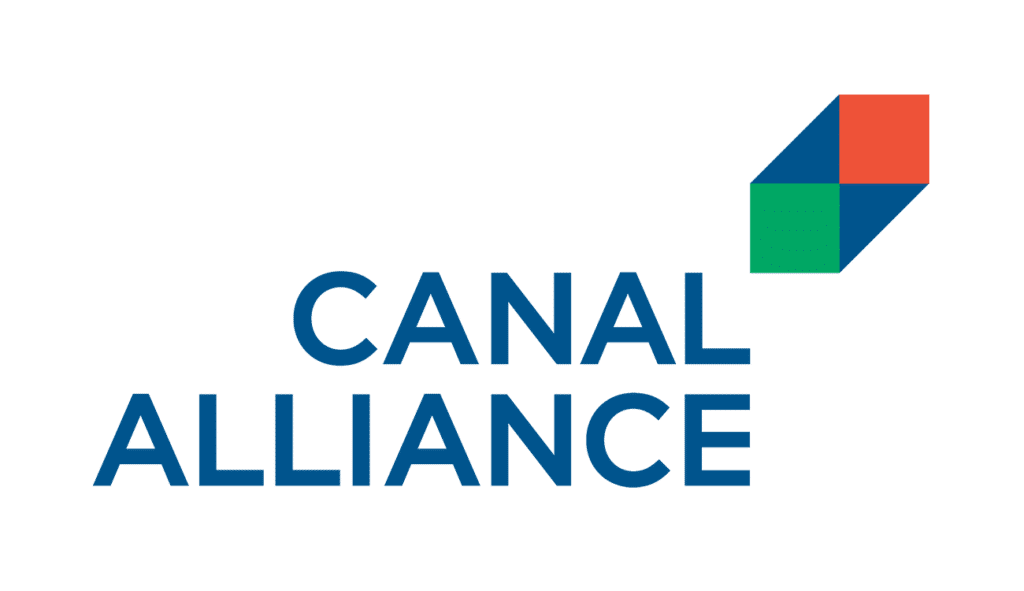Marin Voice: Better data can improve our pursuit of economic equity
April 1, 2023
by Mike Blakely | Marin IJ

During the pandemic (and before, for many), the issue of equity came front and center.
Here at the Marin Economic Forum, we looked at equity through an economic lens, which means evaluating how even income and opportunities are distributed across our residents. As a data-driven organization, our approach was to analyze metrics of economic well-being, but we discovered the depth of data we needed doesn’t exist.
What we were able to analyze illustrates a mismatch of stories between the macro and micro picture of economic well-being in Marin.
The most common metric associated with economic equity is income inequality, represented by the “Gini coefficient” (the distribution of income across a region). Measured on a scale of 0 to 1 with zero being full equality and one meaning no equality, Marin comes in at 0.51. That means some degree of income inequality exists, but not significantly different than the state (0.48) or national (0.49) numbers.
Household income is another typical measure. Marin County has an impressive median household income of $131,800, but when measured by ethnicity we observe great disparity. White ($136,086) and Asian ($155,838) household incomes are much higher than Latino ($82,486) and Black ($68,013) incomes, according to a 2021 study by the American Community Survey (ACS).
In the same way the Gini coefficient can only report at county level, median household income does not allow us to measure equity. We find the same situation among poverty rates: Aggregate poverty in Marin measures 7.8%, lowest in the Bay Area according to the 2021 U.S. Census. However, according to a 2019 ACS study, poverty among the Latino and Black population is more than double at 16.9% and 16.8%, respectively.
We can also analyze home ownership. While the average home price of $1.5 million bodes well for property taxes, many would-be owners are priced out. In Marin County, almost 70% of the White population owns a home, followed by 61% of Asian American residents, compared to just 39% and 25% for Latino and Black American residents, respectively.
Education is yet another indicator. As measured by percentage of students meeting University of California and California State University requirements, Marin County enjoys the highest rate of “college readiness” among the Bay Area (65% of all students), but our Latino American population is significantly behind as a group at 41%, according to the Bay Area Equity Atlas.
It also reports that Marin enjoys the highest rate of business ownership per 100 residents (6.1) in the Bay Area. But the county-level figure does not show the significant differences by ethnicity: business ownership among White (6.9) and Asian (7.6) residents is significantly higher than Black and Latino (2.2 and 1.7 respectively).
The data presented above is not being offered as the totality of measurement of economic equity in Marin. However, it does demonstrate why Marin County is often not eligible for state and federal funding resources when data at the county level is the barometer.
For example, our organization was awarded a federal grant only because the COVID-19 pandemic eliminated the requirement that Marin qualify as a “distressed community,” which could not be possible using county-level data. As my colleague Omar Carrera, CEO of Canal Alliance, recently said, “using aggregated data for Marin County hides the poor.”
To confirm our level of economic equity in Marin requires that we more purposefully collect and analyze data that can really measure our residents’ economic well-being. Without this information, the critical investments we make with public and private dollars won’t be well directed and may not achieve the desired impact. This is a problem that the Marin Economic Forum wants to solve and we hope the community joins us with advocacy for better measurement and volunteering their resources and data as part of the overall mission.